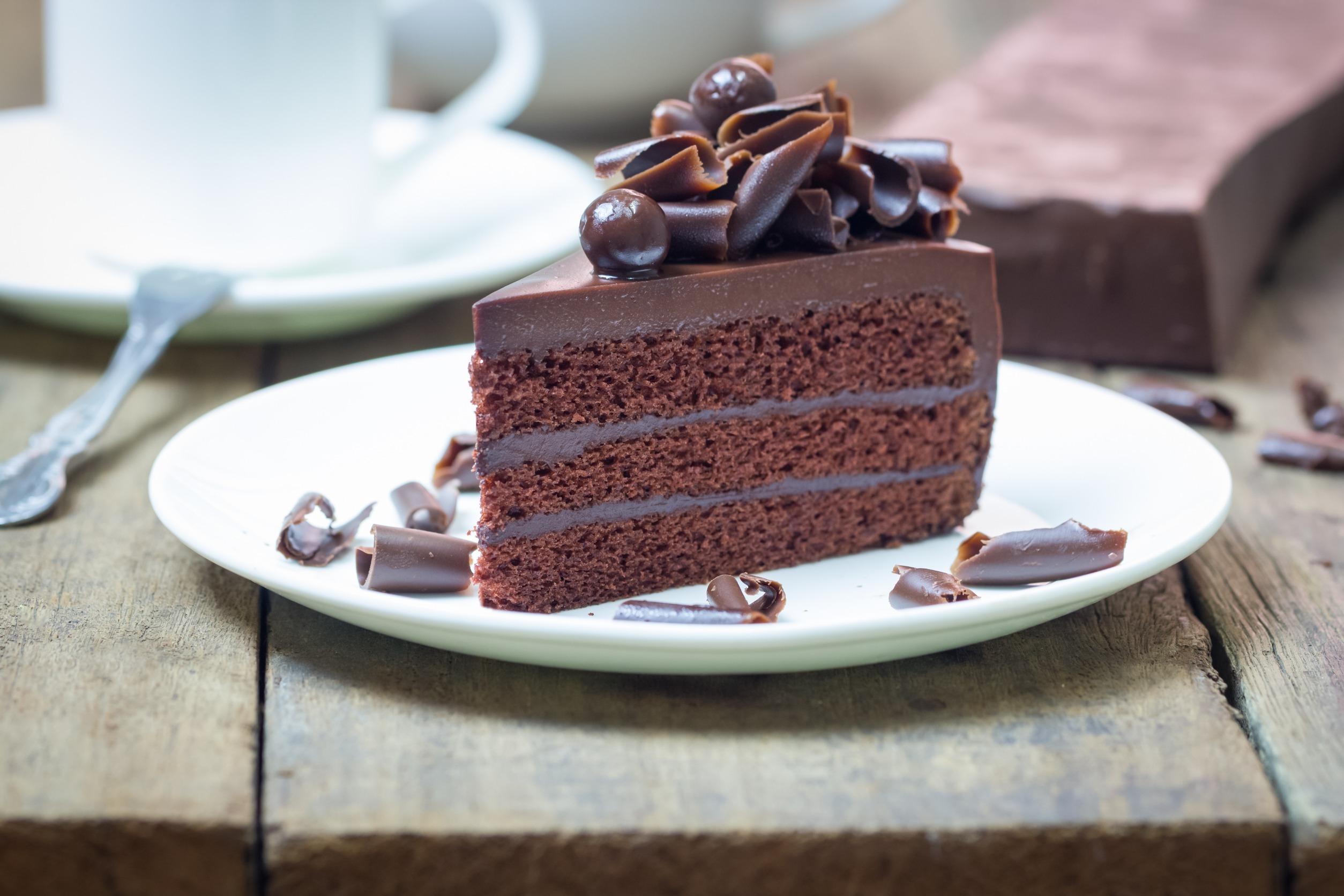
Cocoa butter is a critical ingredient in chocolate manufacturing due to its unique melting properties, texture, and flavor. However, it is also expensive and susceptible to crystallization issues. To address these challenges, manufacturers often use alternatives such as Cocoa Butter Equivalents (CBEs) and Cocoa Butter Improvers (CBIs). This article is about cocoa butter improvers (CBIs) but you have to understand them in the context of CBEs and what their subtle differences happen to be.
Cocoa Butter Improvers (CBIs)
- Definition: CBIs are specific types of fats that are added to cocoa butter to enhance or modify its properties. Unlike CBEs, CBIs are not meant to replace cocoa butter entirely but to improve its performance.
- Composition: CBIs are often derived from natural oils and fats that contain high levels of symmetrical monounsaturated triglycerides (SUS), which are crucial for stabilizing the polymorphic forms of cocoa butter.
- Function: They enhance the gloss, texture, and snap of chocolate, improve resistance to bloom (the white film that appears on chocolate), and optimize crystallization.
Cocoa Butter Equivalents (CBEs)
- Definition: CBEs are fats that can completely replace cocoa butter in chocolate production without significantly altering its physical properties or taste. They are designed to mimic cocoa butter’s triglyceride composition and functionality.
- Composition: Typically derived from a blend of tropical fats such as palm oil, shea butter, and illipe butter. These fats are fractionated and hydrogenated to match the physical and chemical properties of cocoa butter.
- Usage: CBEs are used to reduce costs, improve shelf life, and avoid tempering issues. They can be mixed with cocoa butter in any proportion or used as a full replacement.
Types of Natural Oils Available as CBIs
Several natural oils and fats can act as CBIs, each offering distinct advantages in improving cocoa butter’s functionality:
1. Palm Oil Fractions
- Palm Mid Fraction (PMF): Extracted from the middle fraction of palm oil during fractionation. PMF is rich in symmetrical triglycerides, making it effective in stabilizing chocolate.
- Benefits: PMF enhances the thermal stability and snap of chocolate, reducing the likelihood of fat bloom.
2. Shea Butter
- Composition: Contains high levels of stearic and oleic acids, similar to cocoa butter.
- Benefits: Shea butter’s triglyceride profile helps in improving the melting properties and mouthfeel of chocolate. It also enhances gloss and shelf life.
3. Illipe Butter
- Source: Derived from the nuts of the Shorea species.
- Benefits: Illipe butter has a higher melting point than cocoa butter, making it useful for chocolates in warmer climates. It helps in maintaining chocolate’s solid state at higher temperatures and prevents bloom.
4. Sal Butter
- Source: Extracted from the seeds of the Shorea robusta tree.
- Benefits: Sal butter is used to enhance the hardness and melting properties of chocolate. It provides a stable crystalline structure that is resistant to temperature variations.
5. Mango Kernel Fat
- Source: Extracted from mango seeds.
- Benefits: Mango kernel fat has a triglyceride composition similar to cocoa butter, which helps in improving the texture and stability of chocolate. It also adds a creamy mouthfeel.
Why CBIs Help in Cocoa Butter
1. Improving Thermal Stability
- CBIs contain symmetrical triglycerides that help stabilize the polymorphic forms of cocoa butter. This stabilization is crucial for maintaining the chocolate’s structure and preventing undesirable melting during storage and transport.
2. Enhancing Texture and Mouthfeel
- The addition of CBIs can improve the hardness and snap of chocolate, which are important textural attributes. CBIs like shea butter and mango kernel fat provide a smooth and creamy mouthfeel, enhancing the overall sensory experience.
3. Preventing Bloom
- Fat bloom occurs when cocoa butter crystallizes improperly, resulting in a whitish film on the chocolate’s surface. CBIs help in controlling crystallization, thereby reducing the risk of bloom and maintaining the chocolate’s appearance.
4. Cost Efficiency
- By incorporating CBIs, manufacturers can reduce the amount of expensive cocoa butter needed without compromising the quality of the chocolate. This leads to cost savings and more sustainable production.
5. Optimizing Crystallization
- CBIs aid in achieving the desired crystalline structure of cocoa butter more efficiently. This optimization reduces the tempering time and improves the consistency of the final product.
6. Versatility in Applications
- The use of CBIs allows for greater flexibility in chocolate formulations, enabling the production of chocolates with specific characteristics tailored to different market needs (e.g., heat-resistant chocolates for tropical climates).
Cocoa Butter Improvers (CBIs) and Cocoa Butter Equivalents (CBEs) play significant roles in chocolate manufacturing, each serving different purposes. CBEs are used to replace cocoa butter entirely, providing cost-effective and stable alternatives, while CBIs are employed to enhance and improve the properties of cocoa butter in chocolate formulations.
What are the Chemical Properties of Cocoa Butter Improvers?
Cocoa butter improvers (CBIs) are fats then with high melting points that improve the hardness of chocolate (Storz & Marangoni, 2011). The CBIs are all SOS-rich fats that will remain solid above 36ºC. SOS refers to the fatty acid composition on the triglyceride (glycerol) backbone. This is stearic acid-oleic acid-stearic acid i.e. SOS (Sn1-Sn2-Sn3). It helps to harden soft cocoa butters. These CBIs exhibit the same symmetrical monounsaturated, SUS–triacylglycerols type with cocoa butter but are rich in SOS. Their melting profiles are higher than commercial butter.
Suppliers
Wilmar International (Singapore) is a major supplier of both cocoa butter improvers and equivalents. Their cocoa butter improver is made from palm oil, shea butter, illipe and others depending on availability. Other businesses include Britannia Speciality Fats (UK).
Natural oils such as palm mid fraction, shea butter, illipe butter, sal butter, kokum butter and mango kernel fat are prominent examples of CBIs. These oils contribute to the stability, texture, and overall quality of chocolate by improving thermal stability, enhancing texture and mouthfeel, preventing bloom, optimizing crystallization, and offering cost efficiencies.
Incorporating CBIs into chocolate production allows manufacturers to achieve consistent quality, extend shelf life, and meet specific consumer preferences. The functional benefits of CBIs ensure that the chocolate remains appealing and maintains its desired characteristics, ultimately contributing to a superior product that satisfies both producers and consumers.
References
Stortz, T. A., & Marangoni, A. G. (2011). Heat resistant chocolate. Trends in Food Science & Technology, 22(5), pp. 201-214 (Article).

Leave a Reply